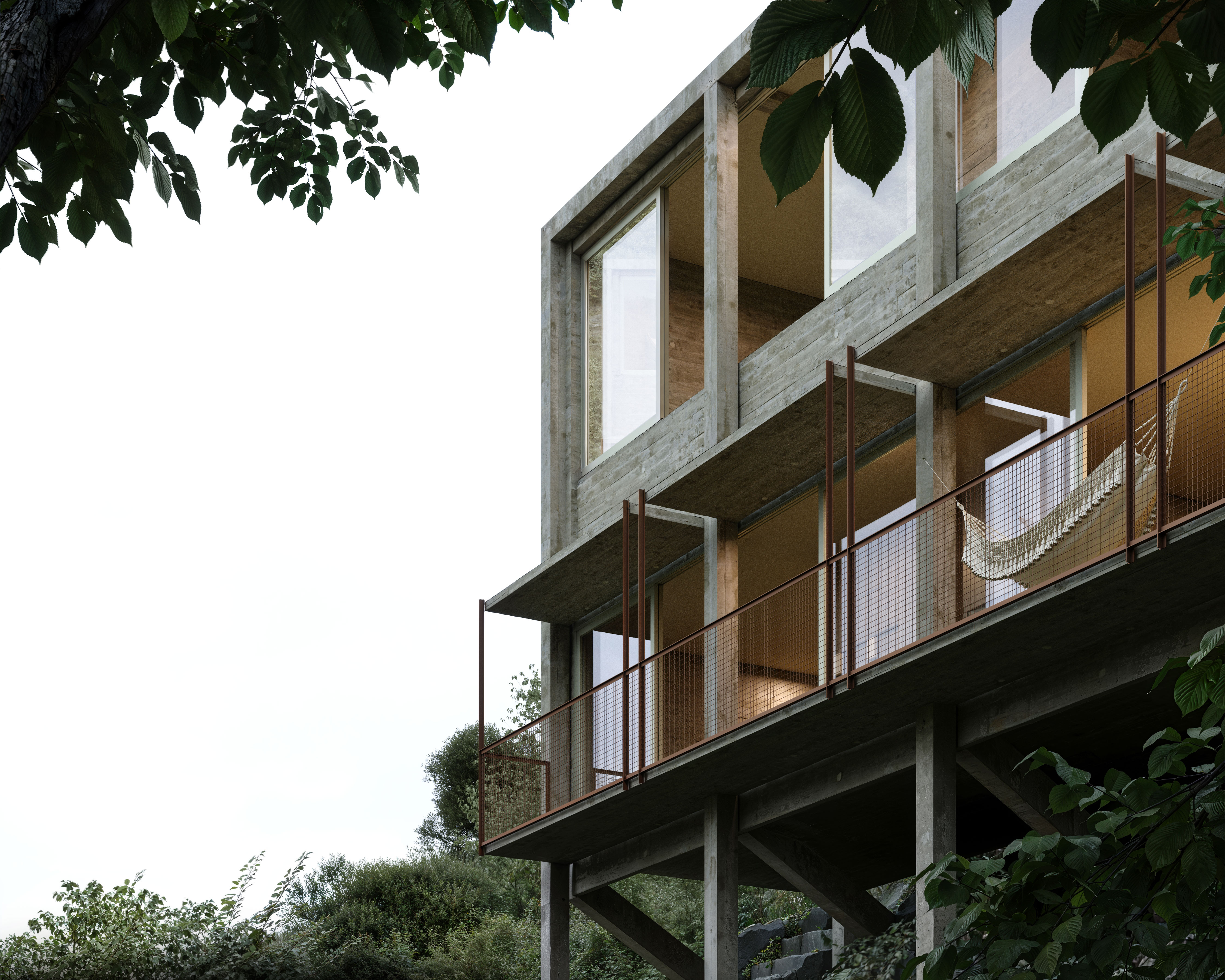
The Emotional Impact of Lighting in Design
By Sam Bennett | 2024-10-21 | Repost : 15
Introduction: When Lighting is Wrong, Everything Feels Off
Have you ever walked into a beautifully designed space that just didn’t feel right? The materials were premium, the layout was flawless, but something was missing. The culprit? Bad lighting.
Lighting isn’t just functional; it’s emotional. It sets the mood, defines the atmosphere, and breathes life into a design. Get it wrong, and even the most stunning spaces fall flat. Yet, some designers leave lighting until the end of the project, treating it as an afterthought. This is a mistake.
1. Lighting Shapes Perception
Imagine walking into a room with harsh, flat lighting. The space feels cold and uninviting, doesn’t it? Now, picture the same room with soft, layered lighting. Suddenly, the space feels warm, inviting, and full of depth.
Why It Works:
Lighting has the power to transform a space. It can make a room feel larger or cozier, depending on how it’s used. Harsh lighting can make a space feel clinical, while soft, diffused lighting can create a sense of warmth and intimacy.
How to Do It:
- Use layered lighting to create depth and warmth.
- Consider the type of lighting (ambient, task, accent) to achieve the desired mood.
2. Lighting Highlights Design Intent
The right lighting can draw attention to the key features of a design. Whether it’s a textured wall, a statement piece of furniture, or a breathtaking view, lighting can highlight these elements and make them the focal point of the space.
Conversely, poor lighting can distract from these features, making the space feel disjointed and lacking in cohesion.
Why It Works:
The right lighting draws attention to key features, enhancing the overall design intent.
How to Do It:
- Use accent lighting to highlight architectural features or furniture.
- Consider the direction and intensity of light to guide the eye to key elements.
3. Lighting Tells a Story
Every space has a narrative, and lighting is a crucial part of that story. Is the space meant to be a cozy evening retreat? A vibrant social hub? A serene sanctuary?
The lighting should reflect the narrative of the space. It should evoke the desired emotions and set the tone for the experience.
Why It Works:
Lighting sets the tone and evokes emotions, making the space more engaging and meaningful.
How to Do It:
- Choose lighting that matches the intended mood (e.g., warm lighting for a cozy atmosphere).
- Use lighting to create a specific ambiance that supports the space’s purpose.
Conclusion: Don’t Let Lighting Be an Afterthought
Lighting is not just a functional element of design; it’s a powerful tool for creating emotional connections. When done right, it can transform a space from good to unforgettable.
At Pixel Plays, we understand the importance of lighting in bringing designs to life. We work closely with designers to create lighting solutions that enhance the emotional impact of their projects.
Don’t let bad lighting ruin your design. Make it a priority from the start, and watch your spaces come alive.
Discover how you can stay ahead of the competition.